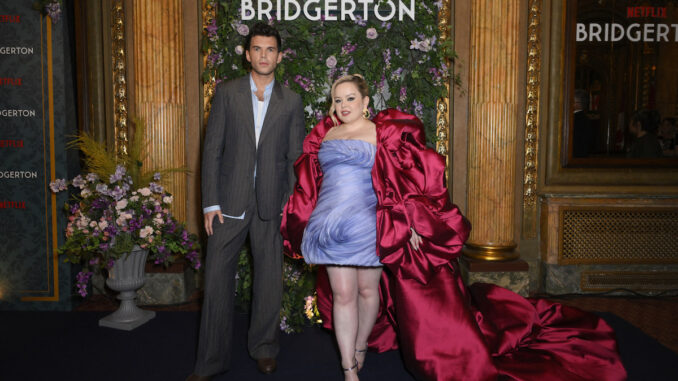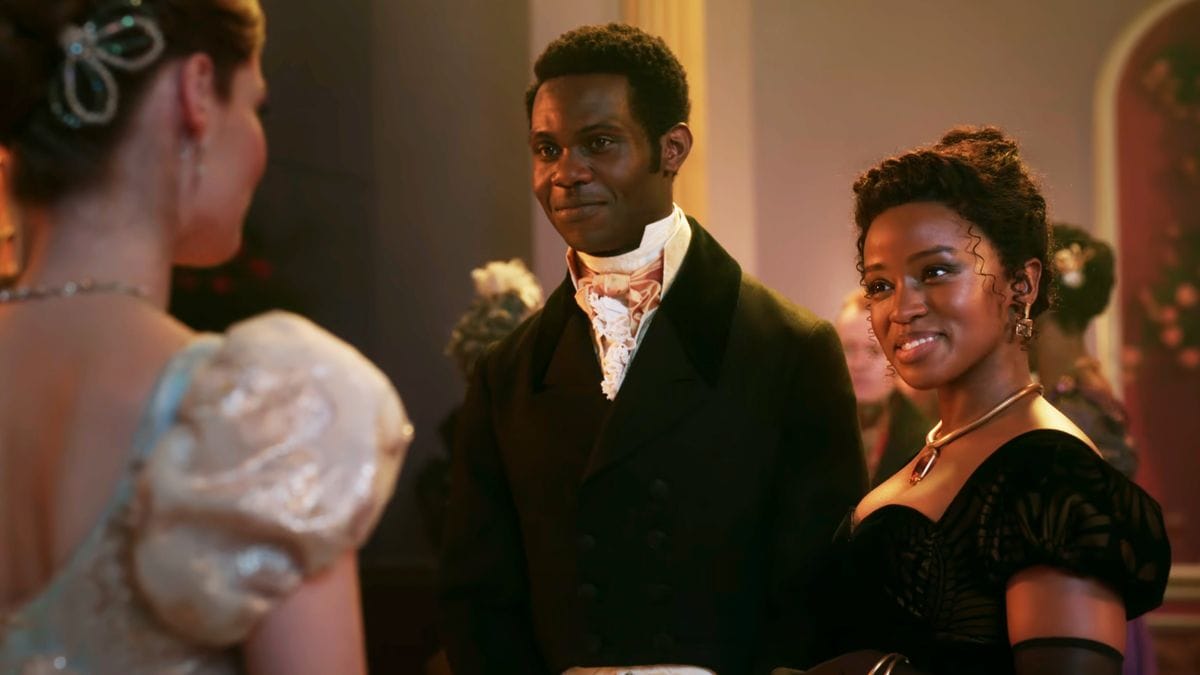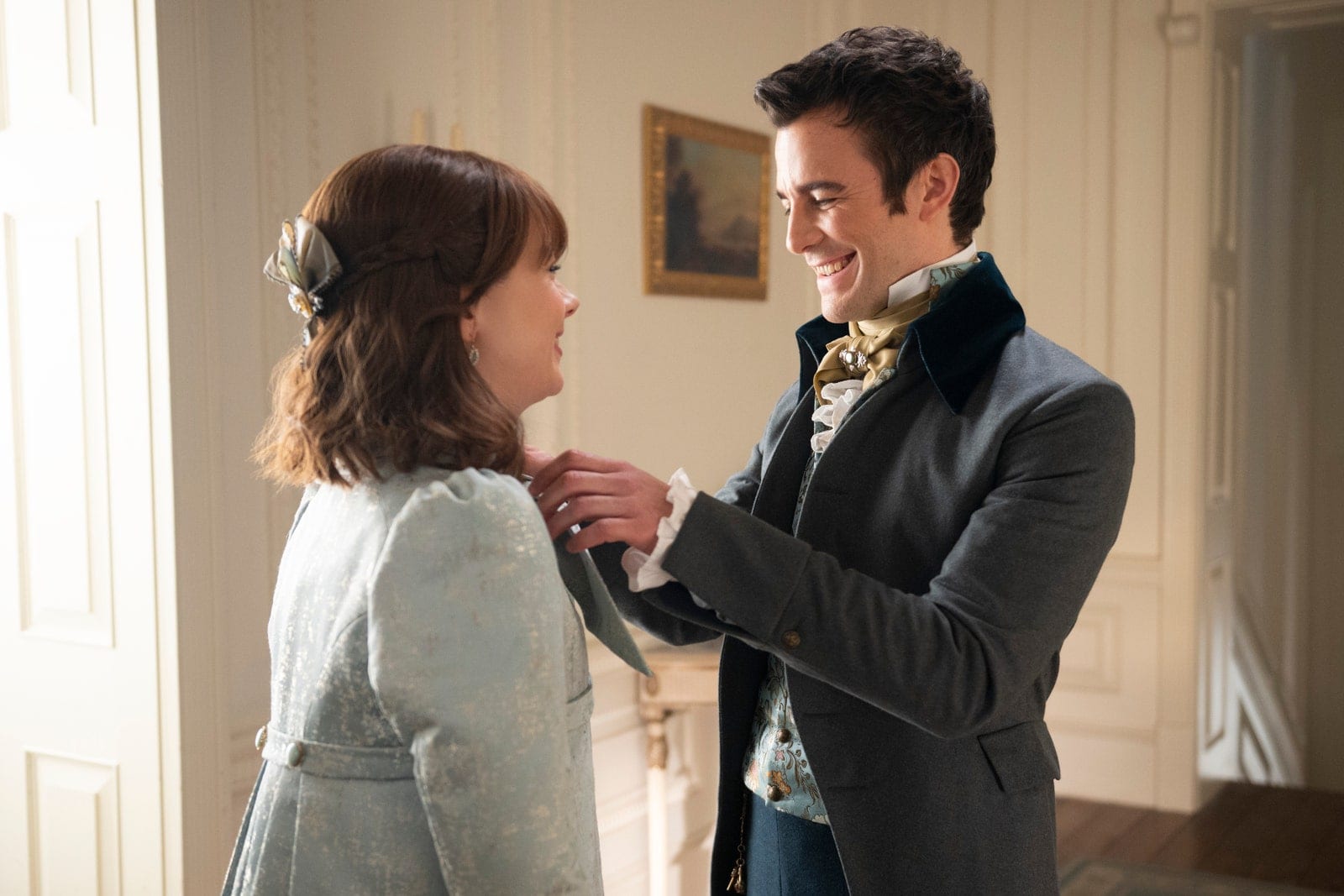
With the conclusion of Bridgerton‘s highly anticipated Season 3, a new character has made waves due to her significant and somewhat controversial storyline. Michaela Stirling, portrayed by Masali Baduza, has been welcomed with both acclaim and backlash.
Simone Ashley Offers Encouragement
In a recent interview, Simone Ashley, who plays Kate Bridgerton, shared the advice she offered to Baduza:
I think to be just deeply proud about what you’re representing. And [know] that many people are going to be so seen by the story that you’re going to be telling. And that we’re all here with open arms and so excited.

A Historic Gender-Swap
Ashley applauded the show’s decision to gender-swap the character from Michael in the novels to Michaela in the series. She expressed her enthusiasm, noting that it’swhat the world needs more of, more representation.
John Stirling’s Perspective
Victor Alli, who plays John Stirling, found the changes refreshing:
I was told that they’re going to switch up a bit before we did any of that filming. And it was quite nice. It was really pleasant to sort of read that introduction.
The Journey of Benedict Bridgerton

The show’s decision to delay Benedict’s love story has also sparked discussions among fans. Luke Thompson, who portrays Benedict, mentioned his excitement for the character’s journey while jokingly deflecting questions about future plotlines on The View. He acknowledged his happiness in exploring the character’s depth over time.
The Controversial Backlash
Despite the progressive steps taken by the series, introducing queer storylines with prominent characters of color like Michaela Stirling has incited homophobic backlash. The controversy underscores ongoing societal challenges and highlights the importance of representation in media.
Future Plotlines Remain Uncertain
The show’s deviation from the chronological order of Julia Quinn’s novels means viewers are left guessing which Bridgerton sibling will take center stage next. Showrunner Jess Brownell stated they’re open to continuing an out-of-order approach if it serves the narrative best.
